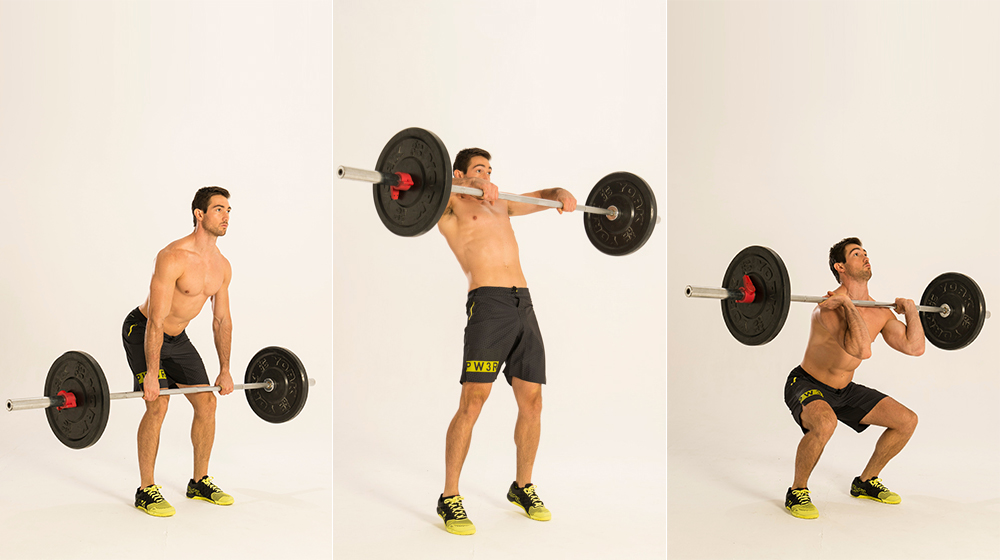Spring is finally in the air, and many of us are excited to get out there and start training.
But with more sports and activities comes a greater risk of injury. We’re going to help outline some common injuries to me mindful of, hopefully keeping you going strong all season long!
We all know the countless benefits of exercise: disease prevention, increased energy, better sleep, decrease in stress, and much more.
However, one of the biggest obstacles that prevent us from exercising is either a pre-existing injury, or an injury as a result of over-exercising or exercising incorrectly.
Injuries are painful, debilitating, and have the potential to set you back weeks or months from your workout goals. Here’s a list of a few injuries that make up most of the exercise mishaps out there. And while nobody is truly immune to injury, there are at some things you can do to help reduce your risk.
Common Injuries
Injury possibilities largely depend on what your workouts entail or what sports you play. But there are a few areas of the human body that are more problematic than others, regardless of discipline:
Lumbar (lower back) strain: This is the number one most likely injury. Caused predominantly by weak core muscles, due to prolonged sitting at work/home, or improper lifting technique. Come exercise time, people often go too hard, too fast, and neglect form.
The best way to prevent a lumbar strain is to learn how to engage and strengthen your core stabilizers. Do not confuse core muscles with a six pack abs; we’re talking about the transversus abdominis, multifidus, pelvic floor muscles, and diaphragm. And of course, proper form is crucial – always lift with your legs and never your back.
Strained rotator cuff (shoulder) tendon: Your rotator cuff consists of 4 muscles – supraspinatus, infraspinatus, teres minor, and subscapularis – all of which can be damaged by poor posture, improper lifting technique, and overuse.
Damaging your rotator cuff can be detrimental, leading to weakness and pain with lifting/pushing activities, and even painful sleep. Scapular (shoulder blade) stability retraining, range of motion, proprioceptive exercises, and Thera-band strengthening are great ways to help with stubborn shoulder injuries.
Ankle ligament inversion sprain: Extremely common if you play any sports with jumping, or rapid changes in direction. A tear in the Anterior Talo-fibular (ATFL) or Calcaneal fibular ligament (CFL) can take you off your feet for months, and may even require surgery.
Proprioceptive and balance exercises are essential in maintaining optimal stability in your foot/ankle.
“Runner’s knee” (Patellar-femoral syndrome/PFS): An irritation of the cartilage underneath your kneecap that makes up the majority of all running injuries. Previous thinking was to always strengthen your quad muscles, especially your VMO (vastus medialis oblique); however, new evidence suggests the importance of hip and glute strength.
Also important to remember: the proper assessment of running technique, stride length, and foot biomechanics are all essential in the prevention of PFS.
Lateral Epicondylitis “tennis elbow”: Strain of the muscles along the outer forearm, caused from repetitive computer or mouse work. Taking breaks at work, in addition to proper stretches and targeted extensor tendon strengthening exercises, can help prevent this injury.
Basic Principles
Dealing with injury is never easy, which is why prevention is always stressed. Many injuries can be treated if diagnosed early, and proper intervention (manual therapy, strengthening, stretching, modalities, etc.) is initiated immediately. As rehabilitation practitioners, the most common trend we see from patients is allowing an injury to become chronic, making for an extended and tougher recovery.
At SEMI, we are here to help you reach and maintain all your fitness goals. Consult any of our practitioners for further information on injury prevention & recovery.
Make this the start of a great summer towards a healthier lifestyle – contact SEMI today!






